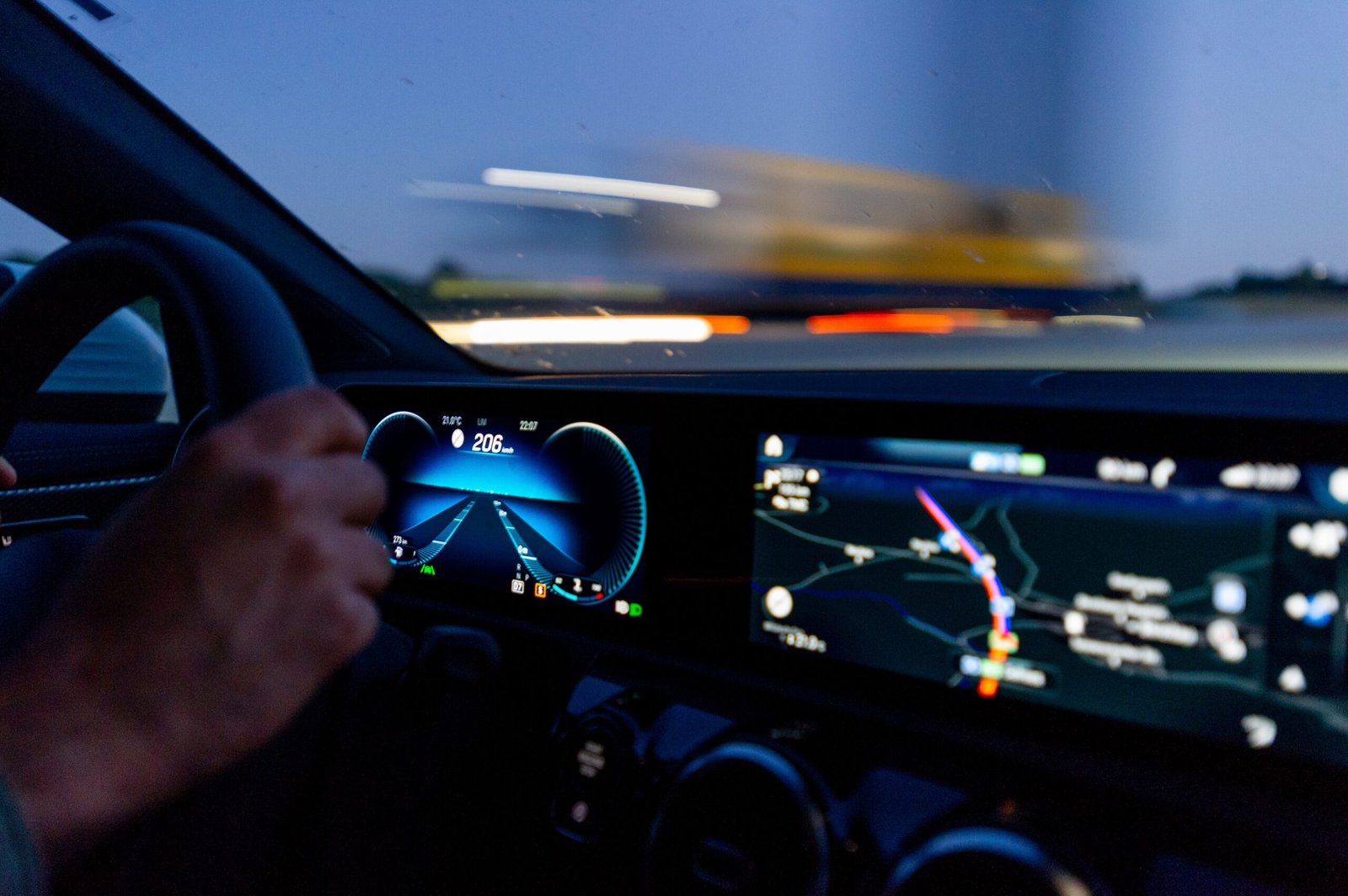
The Slow but Steady Progress of Autonomous Driving
For believers in the autonomous car revolution, recent displays at the Consumer Electronics Show in Las Vegas have served as a testament to the fact that this long-awaited innovation is finally becoming a reality. Despite the negative headlines that have plagued the industry, the progress of autonomous driving is undeniable, even if it is happening at a slower pace than initially anticipated.
One of the key reasons for the delayed progress of autonomous driving is the complexity of the technology involved. Developing a fully autonomous vehicle requires not only advanced sensors and algorithms but also a comprehensive understanding of the intricacies of human behavior on the road. While significant advancements have been made in recent years, there are still numerous challenges that need to be overcome before autonomous cars can become mainstream.
One of the primary obstacles facing autonomous driving is the issue of safety. Ensuring the safety of passengers, pedestrians, and other vehicles on the road is of paramount importance. Autonomous vehicles need to be equipped with robust systems that can accurately detect and respond to potential hazards in real-time. This requires extensive testing and validation to guarantee that the technology is reliable under various driving conditions.
Another challenge lies in the regulatory landscape. As autonomous driving becomes more prevalent, governments and regulatory bodies around the world are grappling with the task of establishing guidelines and laws to govern this emerging technology. The legal framework needs to address issues such as liability, data privacy, and cybersecurity to ensure a safe and secure environment for autonomous vehicles to operate.
Additionally, the infrastructure required to support autonomous driving is still being developed. The widespread adoption of autonomous vehicles would necessitate significant upgrades to roadways, traffic management systems, and communication networks. Without a robust infrastructure in place, the full potential of autonomous driving cannot be realized.
Despite these challenges, there have been notable advancements in autonomous driving technology. Many automakers and tech companies have invested heavily in research and development, resulting in the creation of sophisticated self-driving systems. These systems utilize a combination of sensors, cameras, and artificial intelligence algorithms to navigate the complexities of the road.
Autonomous driving is not limited to passenger vehicles alone. The technology is also being explored in other sectors such as public transportation, delivery services, and logistics. Self-driving buses, trucks, and drones have the potential to revolutionize these industries by improving efficiency, reducing costs, and minimizing human error.
Furthermore, the benefits of autonomous driving extend beyond convenience and efficiency. Proponents argue that self-driving cars have the potential to significantly reduce accidents caused by human error, which account for the majority of road accidents. By eliminating the element of human fallibility, autonomous vehicles could save countless lives and make our roads safer.
While the autonomous car revolution may not have happened as quickly as some had hoped, it is clear that progress is being made. The displays at the Consumer Electronics Show serve as a reminder that the future of transportation is changing, albeit gradually. As technology continues to advance and the necessary infrastructure and regulations are put in place, autonomous driving will become an integral part of our daily lives.
Originally posted 2024-01-11 02:58:13.